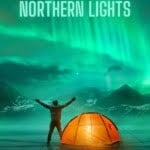Scientists finally know for sure what causes the northern lights. Read on for the secrets behind nature's amazing polar light show.
If you've ever seen the northern lights, you've likely been either astounded or underwhelmed. For no aurora is the same. Sometimes the lights appear as a faint mark just above the horizon. But other times, an explosion of colour lights up the entire night sky.
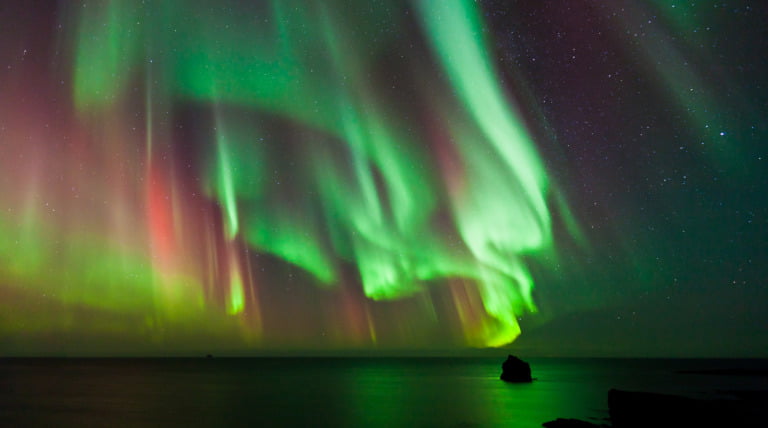
Known as the northern lights or aurora borealis in the north and the southern lights or aurora australis in the south, aurora are a true curiosity of the natural world and a major tourist attraction.
People travel from all over the world to join professional aurora chasers on a hunt for a northern lights display in Northern Norway. It's the dream of many tourists to capture northern lights photos for themselves!
Research scientists have long speculated about what causes the aurora. But now, they are sure about it.
A new paper confirms the theory
A new article published in a leading open access scientific journal confirms the link between disturbances in our sun and the Earth's magnetic field.
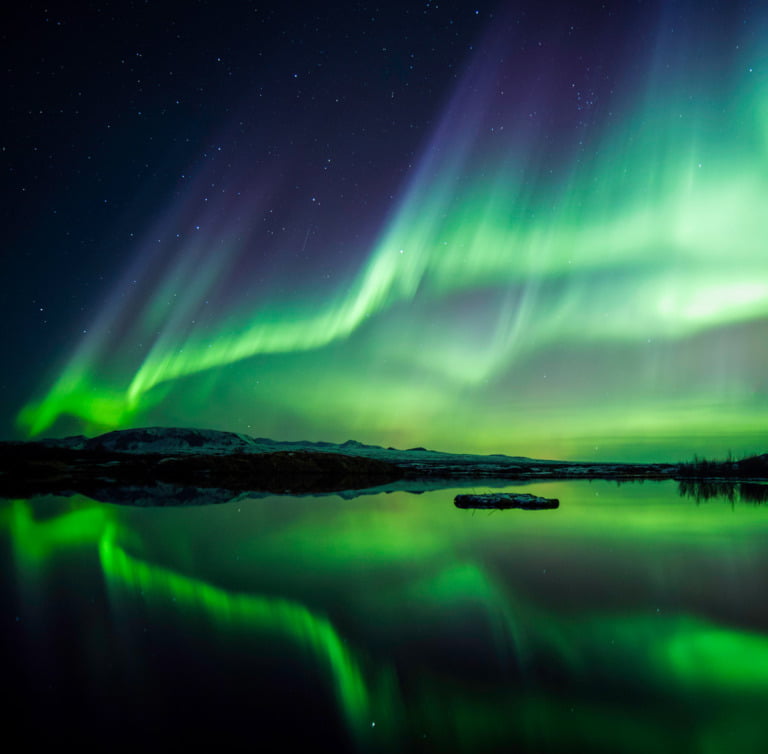
The article in Nature Communications presents lab measurements of electron acceleration caused by so-called Alfvén waves. “It was sort of theorized that that's where the energy exchange is occurring,” said the University of Iowa's Gregory Howes, one of the article's authors, to NPR.
“But no one had ever come up with a definitive demonstration that the Alfvén waves actually accelerate these electrons under the appropriate conditions that you have in space above the aurora,” added Howes.
The northern lights are caused by the sun
Our solar system's sun is a highly volatile burning ball of hydrogen and helium. Violent reactions such as geomagnetic storms often make an impact far, far away into the solar system.
Read more: Northern Lights Travel Guide
In some cases, the power of these magnetic events are so strong that they interfere with Earth's own magnetic field. Some compare this effect to a rubber band being pulled away from the Earth.
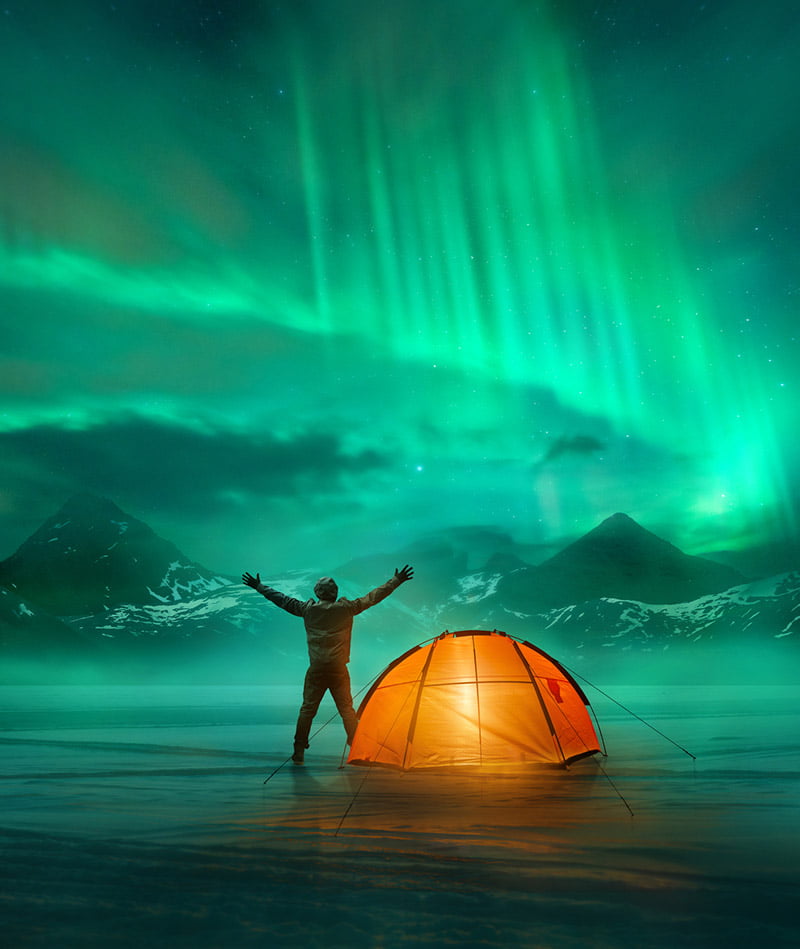
When the sun's power loses its grip on the band, it snaps back to earth. The force of the magnetic field returning to its position creates Alfvén waves. These powerful ripples approximately 80,000 miles above our planet get faster as they approach the planet.
Sometimes, the Alfvén waves pick up electrons. The speed of these electrons, which are already travelling towards Earth, accelerates up to 45 million mph.
When these accelerated electrons hit the thin upper atmosphere of Earth, they collide with nitrogen and oxygen molecules. This creates a molecule dance in the sky. When it calms down, the electrons release light. We perceive that light as aurora.
Surfing on Earth's magnetic field
Wheaton College's Jim Schroeder, another of the paper's authors, compares the phenomenon to surfing:
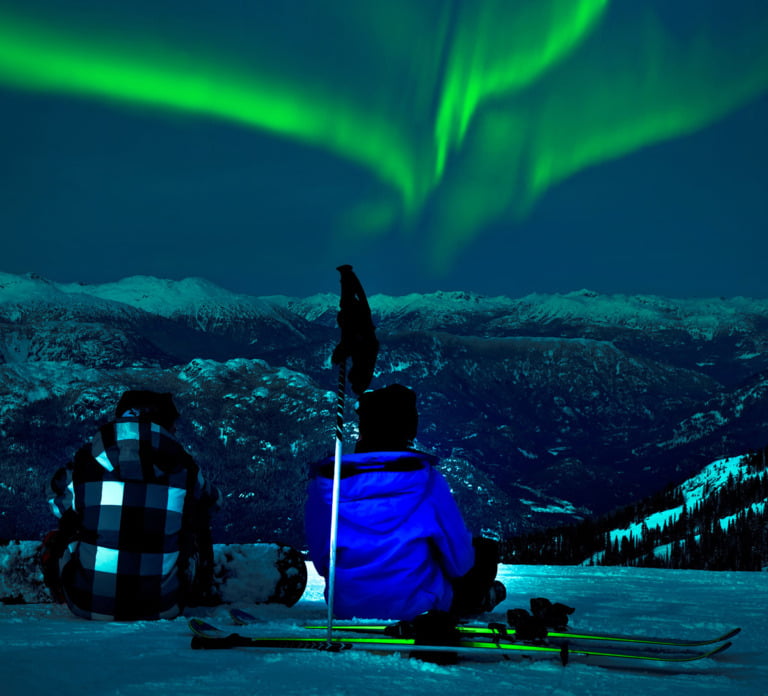
“In order to surf, you need to paddle up to the right speed for an ocean wave to pick you up and accelerate you, and we found that electrons were surfing. If they were moving with the right speed relative to the wave, they would get picked up and accelerated.”
Read more: Surfing Under the Northern Lights
What the new lab tests proved
This relationship between Alfvén waves and the electron acceleration had long been theorised. But up until now, there had been no definitive proof.
The study would have been impossible in space, given the inability to predict aurora well in advance. There would also be other cosmic factors that could impact the study.
So, researchers turned to the fancy labs at the University of California's Basic Plasma Science Facility. There, they were able to use the Large Plasma Device to test the interaction between Alfvén waves and electrons in a controlled environment.
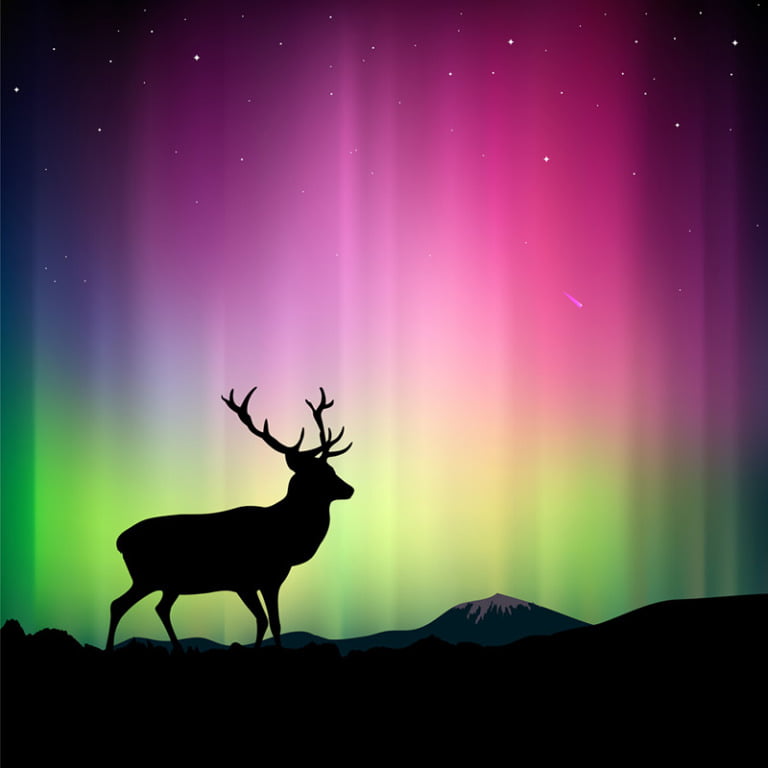
The team of researchers believe the study also gives a broad understanding of how particles are energised. It also helps us understand how volatile events on the Sun impact objects in space near the Earth, including satellites.
But just as important, said Schroder, is gaining a deeper understanding of something so awe-inspiring:
“We've been captivated by auroras for thousands of years and looking at the night sky and appreciating their beauty. And I've always found that understanding more about how something is created enhances my appreciation of that beauty.”

